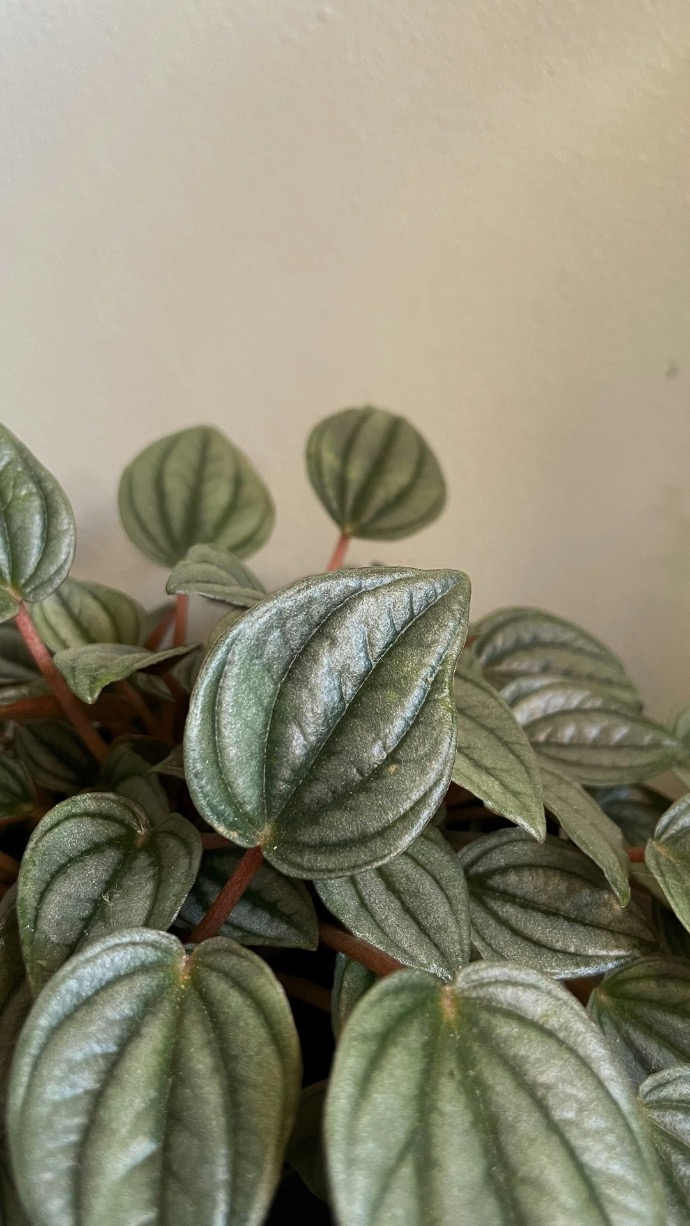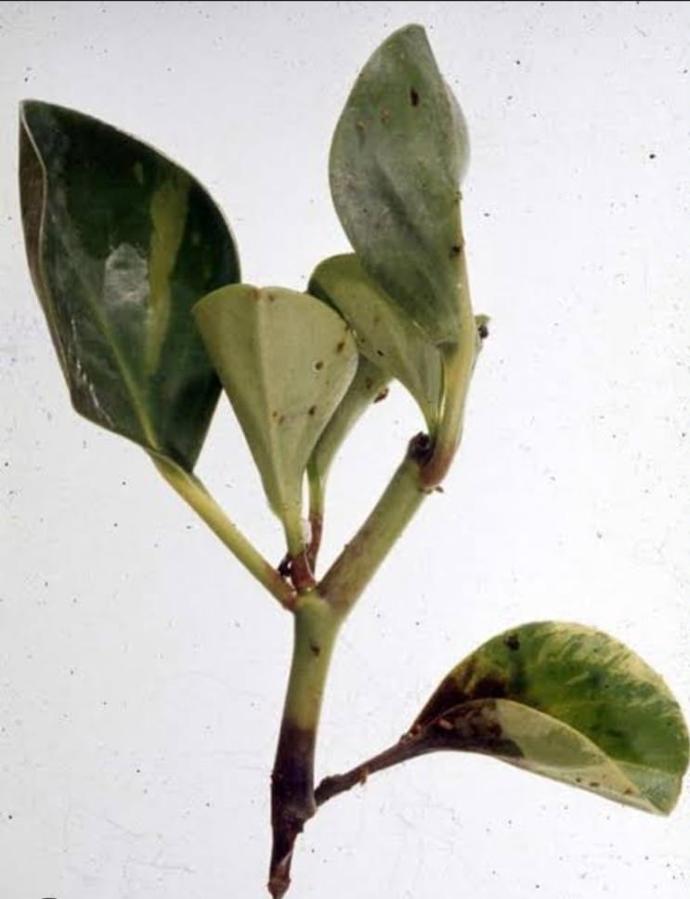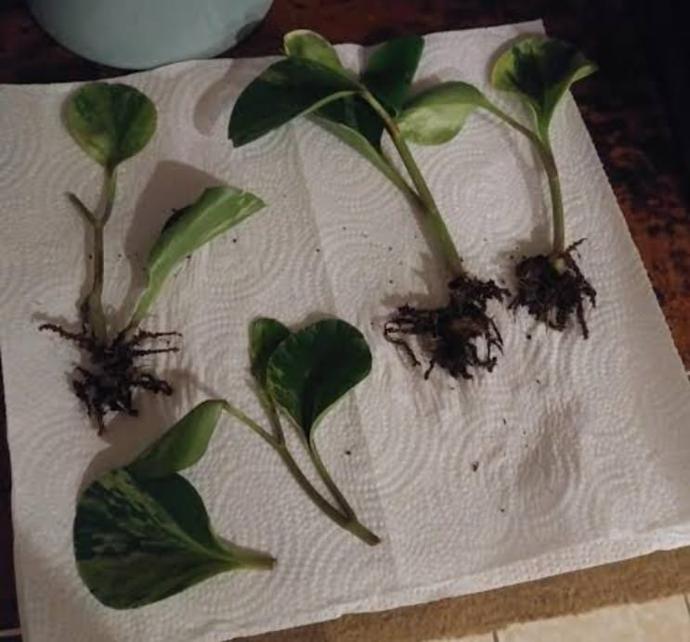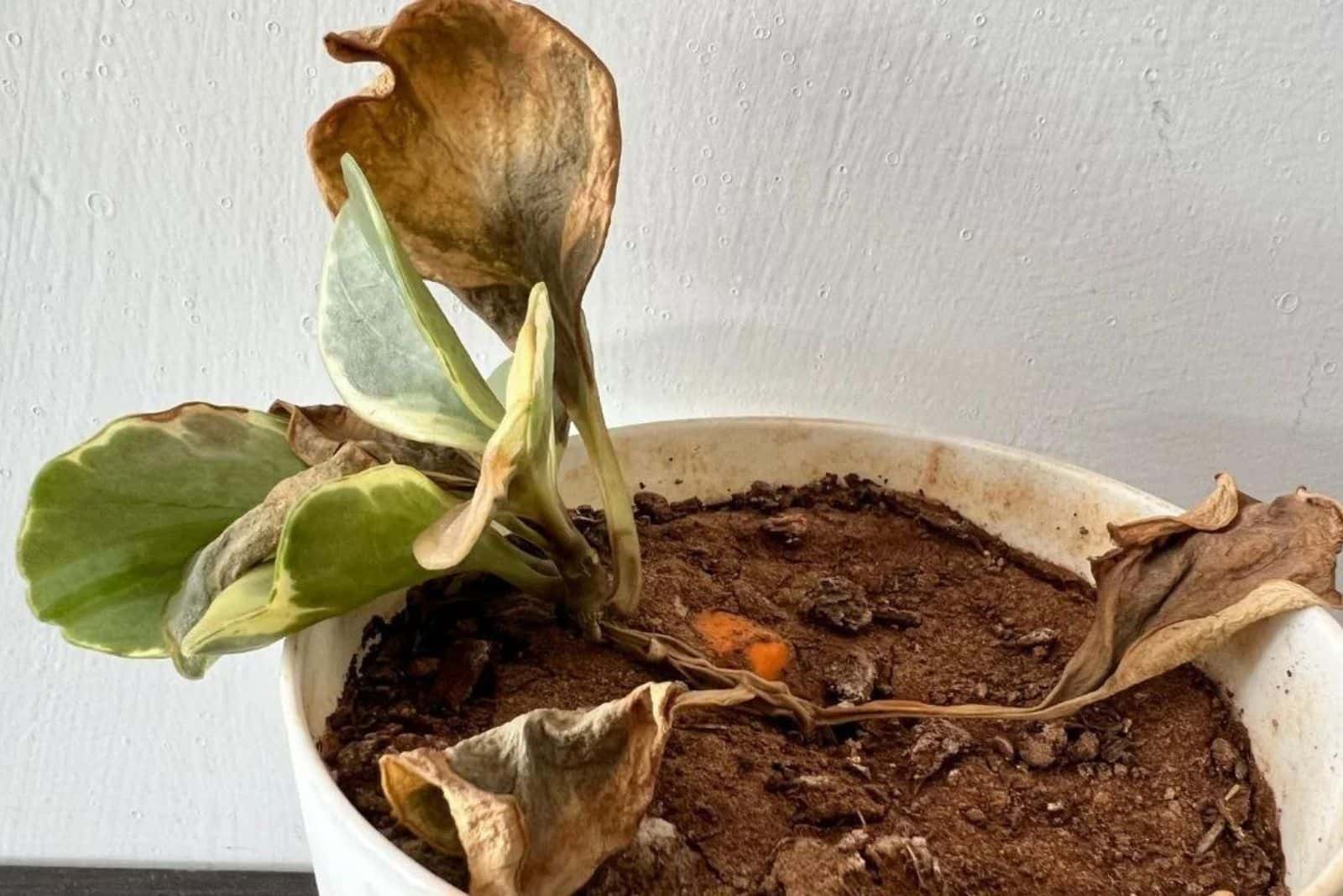Peperomia Plant
PEPEROMIA, possibly referring to a specific plant variety, may have varying care requirements. Generally, provide well-draining soil, appropriate sunlight, and regular watering. Pruning and fertilizing practices may vary based on the specific characteristics of this plant.

Habit
Perennial
Height
0.3 to 0.5 m
Growth
Slow
Soil
Well-drained, Loamy
Shade
Indirect light to shade
Moisture
Moist
Edible
No
Medicinal
No
Origin
South America
Climatic Condition
Tropical, Subtropical
Temperature (°)
20°C to 30°C
Humidity (%)
60% to 80%
Potting media
50% Loam, 40% Sand, 10% Organic Matter
Fertilizers
Organic Fertilizer
Watering
Regular watering
Plant Weight
0.1 to 0.2 kg
Flowering Time
Spring to Fall
Soil Ph level
6.0 to 7.0
Water Ph level
6.0 to 7.0
Soil EC
0.5 to 0.7 mS/cm
Yield Per Plant
Foliage
NPK ratio
3:02:01
life Span
3 to 5 years
Health Benefits
Ornamental, Air-purifying
Suggested Grow Media or Potting Mix ?
50% peat moss, 30% perlite, 20% compost
Suggested Fertigation/Fertilizers
Fertilize every 4 weeks with a balanced, water-soluble fertilizer.
Common Diseases and Remedies
Root rot , stem rot (pythium spp. , phytophthora spp.)
Brown to yellow colour spots on the leaves . Stunting and wilting appearance .
Maintain adequate potting media moisture.
HEALTH BENEFITS
· Known for its air-purifying properties, improving indoor air quality.
· Used in traditional medicine to treat minor wounds and skin conditions.
Some species have anti-inflammatory and antimicrobial properties.
What Is A Peperomia Plant?
Peperomia plants are a genus of over 1,000 tropical and subtropical plants in the Piperaceae family, Piperaceae. Because it is small and compact, it is popular as a houseplant. Peperomia is a popular houseplant because it is small, compact, and easy to care for. It is also considered an air purifying plant and can remove common household toxins from the air.

What Are The Different types of Peperomia ?
1.Peperomia ferreirae:-
A unique variety with thick, tapered leaves that resemble thin pea pods.
2.Emerald Ripple Peperomia:-
A variety of the species Peperomia caperata with glossy oval leaves with a wavy appearance.
3.Peperomia dolabriformis:-
Also known as prayer pepper, this plant is native to Ecuador and Peru and is used as an ornamental plant.
4.Peperomia Rubella:-
This plant is also known as red-tailed Peperomia. Easy to clean and ideal for areas with low light.
5.Peperomia Hope:-
Also known as hanging jade, this plant is a mix of two varieties and is popular among houseplant enthusiasts.

How do you care for Peperomia?
1.Location:-
Prefers warm temperatures and medium to high humidity. It is not cold resistant.
2.Sunlight:-
Medium to bright indirect light. Must be protected from direct sunlight.
3.Soil:-
Choose potting soil that is loose, well-drained, and retains plenty of moisture.
4.Hydration:-
Allow the soil to dry slightly between watering. Be careful not to overwater.

5.Nourishment:-
Feed with diluted liquid fertilizer once a month during the growing season.
6.Issues:-
Leaves are Wavy, faded, or crispy leaves may indicate starvation or lack of moisture. Yellowing leaves may indicate overwatering. If the stems are mushy, this may indicate overwatering. Soil: Brown tips or leaves may indicate cold drafts. Leaves may turn yellow if the soil is moist.
What are the benefits of peperomia plants?
Peperomia plants can remove toxins and pollutants such as formaldehyde and ammonia from the air. A NASA study found that the peperomia plant can remove harmful chemical particles from household materials. Peperomia plants are easy to care for and require minimal attention. It grows in indirect light and does not require frequent watering.

FAQ's About Growing Peperomia Plants
1. What are the facts about Peperomia?
Peperomia is a diverse group of plants in the Piperaceae family (Piperaceae), but it is not the edible Piperaceae plant from which we get green peppers or chili peppers.
2. What are the best conditions for a Peperomia plant?
Peperomia grows best in bright, indirect light.
3. Does Peperomia need a lot of water?
Water every 1 to 2 weeks, allowing the potting soil to dry between waterings.
4.What are the medicinal uses of Peperomia?
Peperomia pellucida (L.) Kunth is a medicinal plant used to treat inflammatory diseases such as conjunctivitis, as well as gastrointestinal and respiratory diseases.
5. When does Peperomia grow?
Temperature and Humidity As a tropical plant, Peperomia plants prefer warm and humid environments, especially during the summer.



